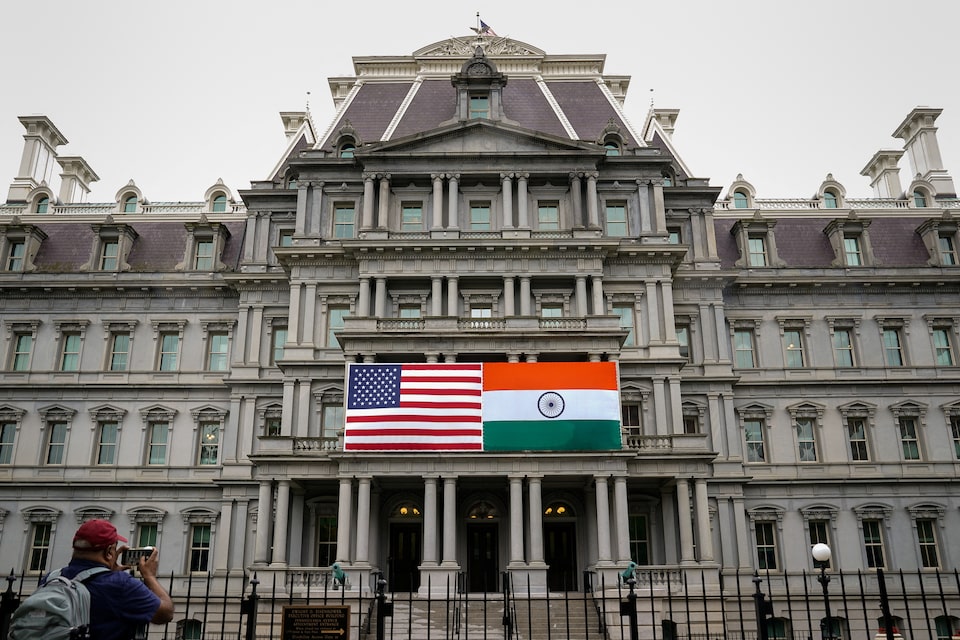Café owners are facing a significant challenge as the cost of producing coffee continues to climb, putting pressure on their profit margins. With rising costs across the industry, including rent, energy, and wages, cafes are considering increasing prices to stay afloat. The price of coffee at supermarkets is also on the rise, impacting consumers who prefer home-brewed options.
Industry leaders are predicting that barista-brewed coffee prices may need to reach as high as $12 per cup in response to these challenges. The perfect storm of falling supply, increasing demand, and persistent inflation is reshaping the landscape of the coffee market. This shift not only affects morning routines but also has broader implications for the economy.
According to a January 2025 IBISWorld report, Australia boasts 27,000 cafes and coffee shops that employ approximately 139,000 people and contribute significantly to a $14 billion market. The impact of recent events on the industry is evident in Lavazza’s announcement of a $1.3 billion cost increase due to disasters affecting global coffee bean crops.
Rachel-May Follan, owner of Whyld Coffee on the Gold Coast, described the past year as “a really wild ride,” attributing much of the upheaval to external factors like President Donald Trump’s tariffs causing panic buying among roasters. Reflecting on the intricate process behind each cup of coffee she serves, Follan highlighted how labor-intensive and resource-consuming coffee production truly is.
Follan emphasized that while green coffee beans have seen a significant price surge from $4 to $14 per kilogram within one year, this spike only represents a fraction of the overall cost involved in delivering a quality cup of coffee. Despite efforts to optimize operational efficiency and minimize expenses where possible, cafes are finding it increasingly challenging to maintain profitability without adjusting their pricing strategies.
The trend extends beyond cafés; consumers who opt for brewing at home are also feeling the pinch as supermarket prices for coffee continue their upward trajectory. Both Coles and Woolworths acknowledged external pressures leading to record-high prices for this beloved beverage staple.
Todd Hiscock from Essential Coffee noted substantial increases in business costs across various areas such as labor (up by 9%), rent (up by 29%), insurance (up by 6%), and wholesale green bean prices (up by 119% since November 2023). Hiscock cited shifting global demand dynamics driven by changes in consumption patterns—such as China’s burgeoning interest in transitioning from tea to coffee—as an additional factor impacting supply chains worldwide.
Moreover, climate-related disruptions like frosts, storms, cyclones, bushfires pose significant threats to crop yields globally. These challenges further exacerbate supply chain complexities already strained by escalating demand levels worldwide.
Hiscock stressed that Australia needs to adjust its median coffee prices between $8-12 per cup—a move essential for sustaining competitiveness in the global market arena dominated by larger economies with higher willingness-to-pay thresholds for premium products like specialty coffees.
As cafes grapple with these mounting pressures necessitating potential price adjustments upwards towards double-digit figures per cup—a departure from current averages—consumers may soon find themselves paying more for their daily caffeine fix or revisiting their brewing habits at home amidst this evolving industry landscape.

